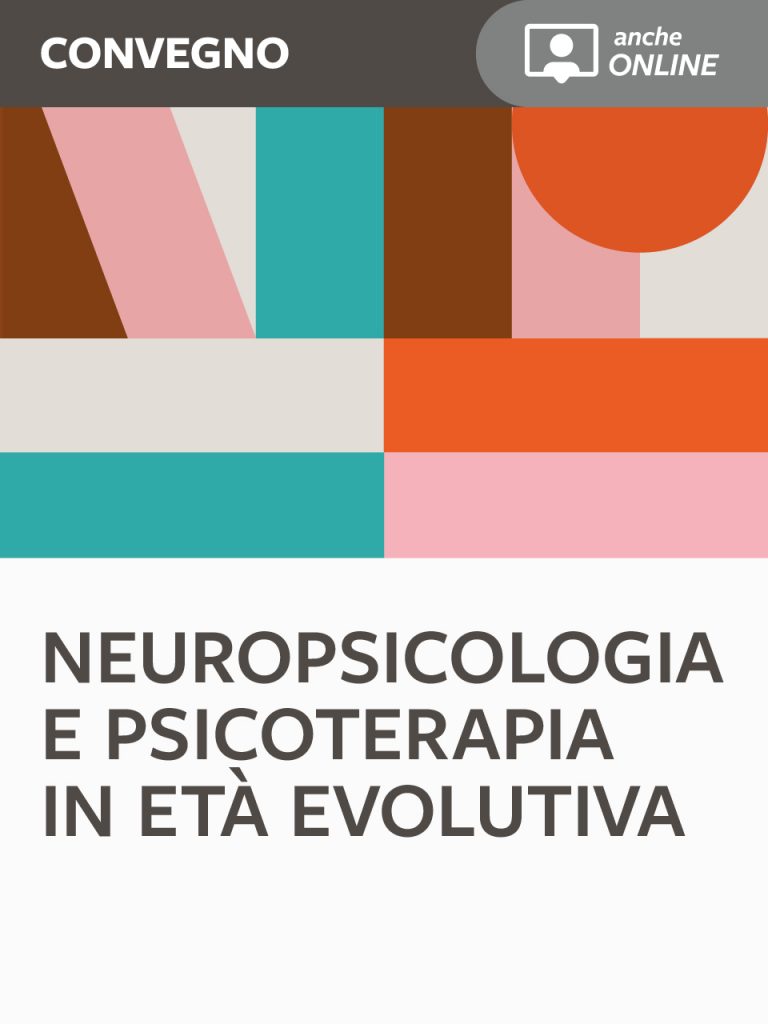Evaluation of Oro-Phonatory Development and Articulatory Diadochokinesis in a Sample of Italian Children
Elisa Granocchio, Gloria Airaghi, Santina Magazù, Maria Rosa Scopelliti, Stefania Gazzola, Daniela Sarti, Bruna Molteni, Valeria Zanchi
The aim of this study was to adapt the protocol proposed by Robbins and Klee (1987) to the Italian language and to assess oro-motor, oro-phonatory and articulatory diadochokinesis in a sample of Italian children. 89 typically developed children, aged 2.6-6.11 years, were evaluated. We measured seven items: Total Structural Score (TSS), Total Functional Score (TFS), Oral Function Score (OFS), Phonatory Function Score (PFS), Maximum Phonation Time (MPT), Speed of Monosyllable Repetition (SMR), and Speed of Polysyllable Repetition (SPR). Pearson’s chi-squared test and linear correlation were used to analyse data. TSS did not reveal any significant age-related changes. A linear correlation between increasing age and increases in the TFS, OFS, PFS; MPT, SMR, SPR was observed. Concordance between observers was good or excellent. The increase in oro-motor, oro-phonatory and diadochokinesis abilities confirmed the progressive maturation of these functions with age. To use such measures for diagnostic purposes in speech sound disorders (SSD) in Italian children, we need further studies with adequate sample size.
Keywords
Vocal tract, Oral motor control, DDK rate, Speech sound disorder, Childhood apraxia of speech.

